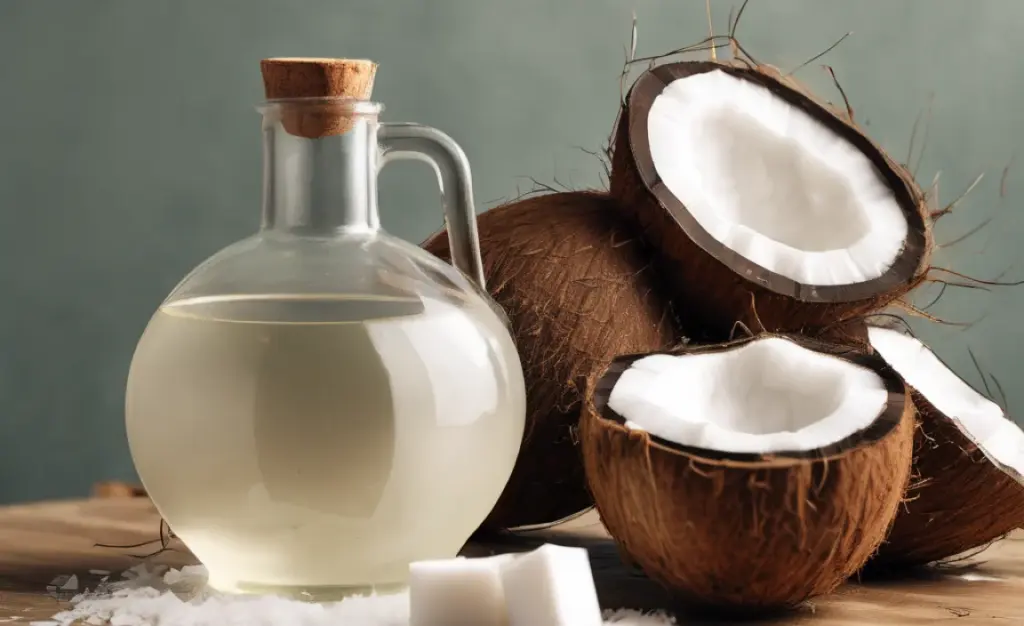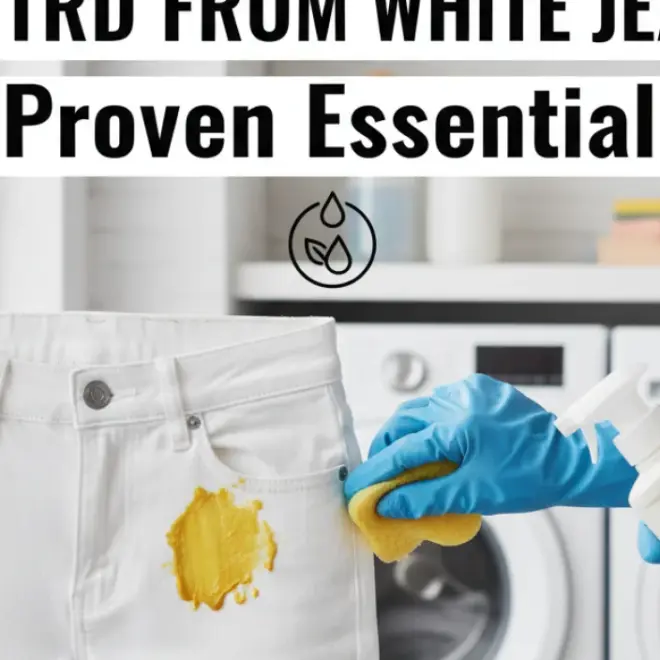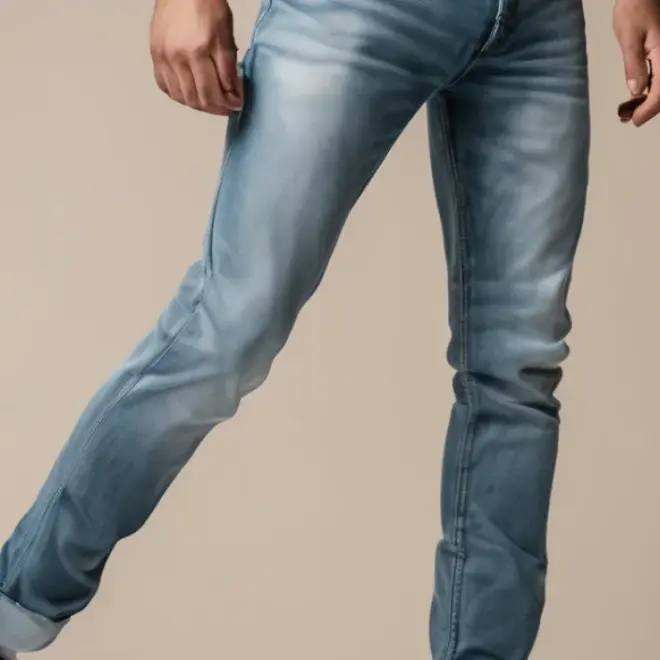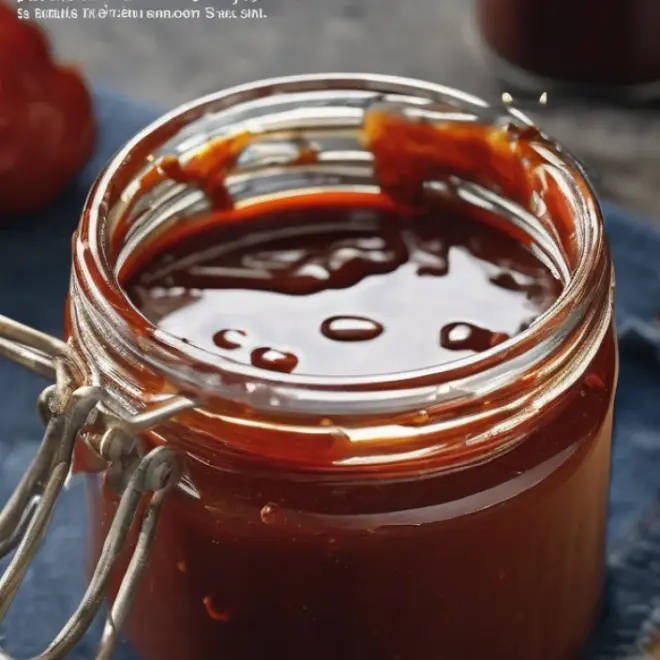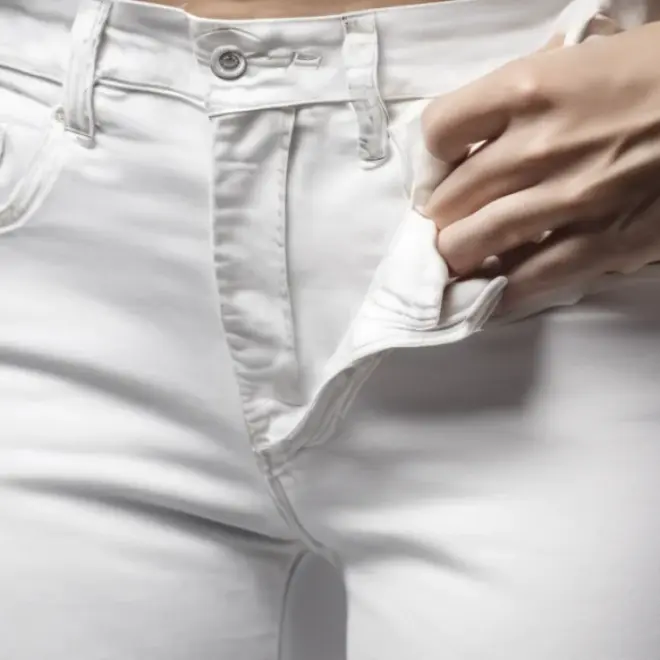Quick Summary:
To effectively remove coconut oil, especially from fabric like white jeans, act fast. Gently blot excess oil, then treat the stain with a degreasing dish soap, followed by a cold water wash. For stubborn spots, a pre-treatment spray or baking soda paste can work wonders, ensuring your items look their best with simple, proven methods.
How To Remove Coconut Oil: A Genius Solution
Coconut oil is a pantry staple, loved for its versatile uses in cooking, skincare, and even cleaning. But what happens when this beneficial oil ends up where it shouldn’t, like on your favorite white jeans or a beloved sofa? A grease stain can feel like a disaster, especially a stubborn one like coconut oil. Don’t worry, though! Removing coconut oil is easier than you might think. With a few common household items and some simple steps, you can rescue your belongings and keep them looking like new. This guide will walk you through effective methods, so you can tackle these common mishaps with confidence.
Why Coconut Oil Stains Can Be Tricky
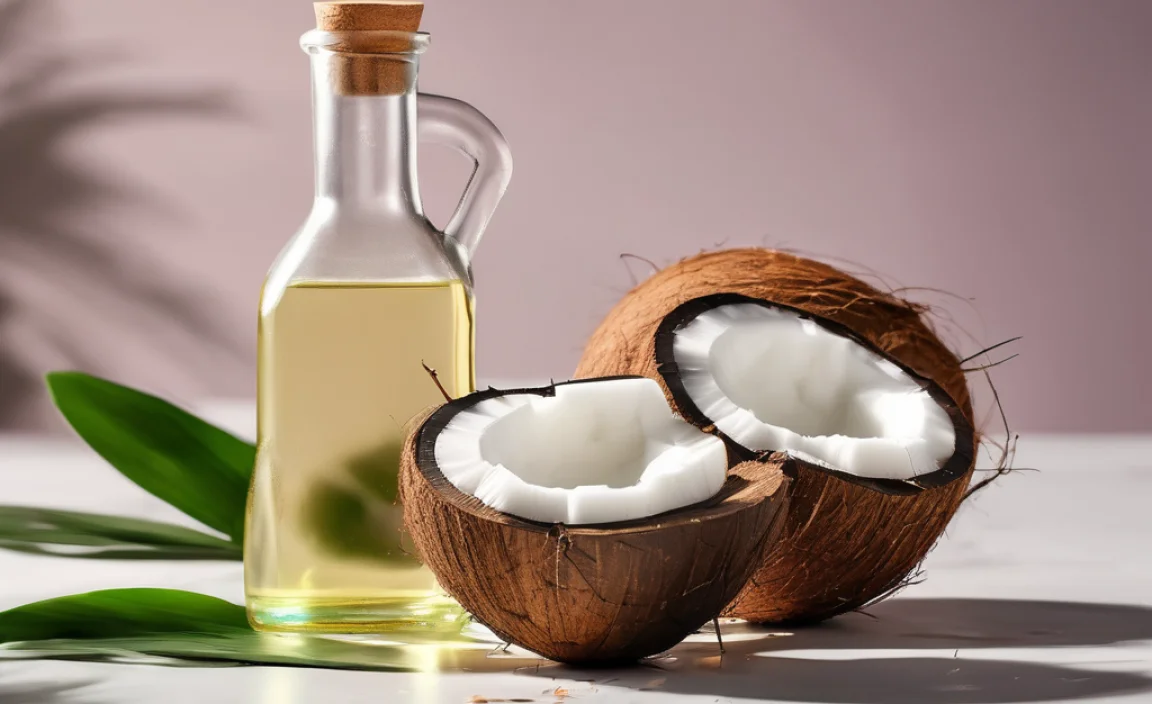
Coconut oil, while natural, is still a fat. Fats and oils bind to fabric fibers, making them water-insoluble. This means simply rinsing with plain water often won’t do the trick. The oil can spread, creating a larger, more noticeable mark. On lighter fabrics, like white jeans, these stains are particularly glaring. The key to success is to use a substance that can break down the oil, allowing it to be lifted away from the fibers. Understanding this simple science helps us choose the right tools for the job.
The Essential Principle: Breaking Down the Oil
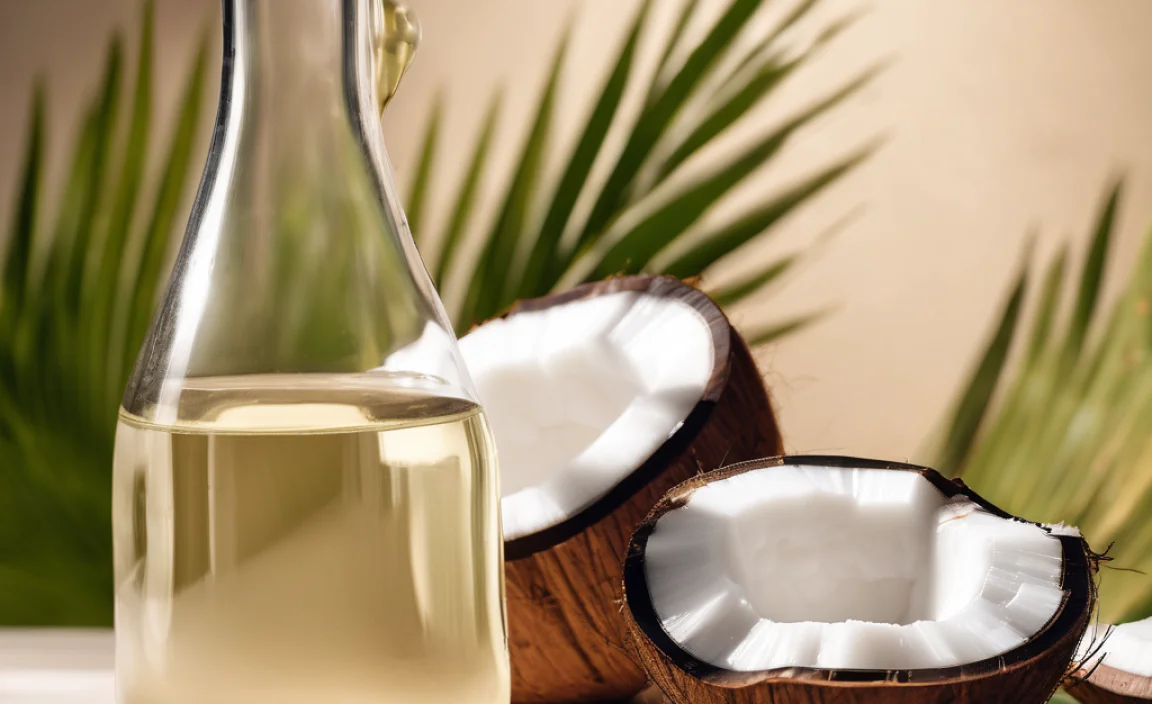
The fundamental way to remove oil stains is to use a degreaser. Dish soaps, particularly those designed to cut through grease, are excellent for this purpose. They emulsify the oil, meaning they break it down into smaller droplets that can then be washed away. Other helpful items include absorbent powders like baking soda or cornstarch, which can soak up excess oil, and targeted stain removers designed for grease.
Step-by-Step Guide to Removing Coconut Oil Stains
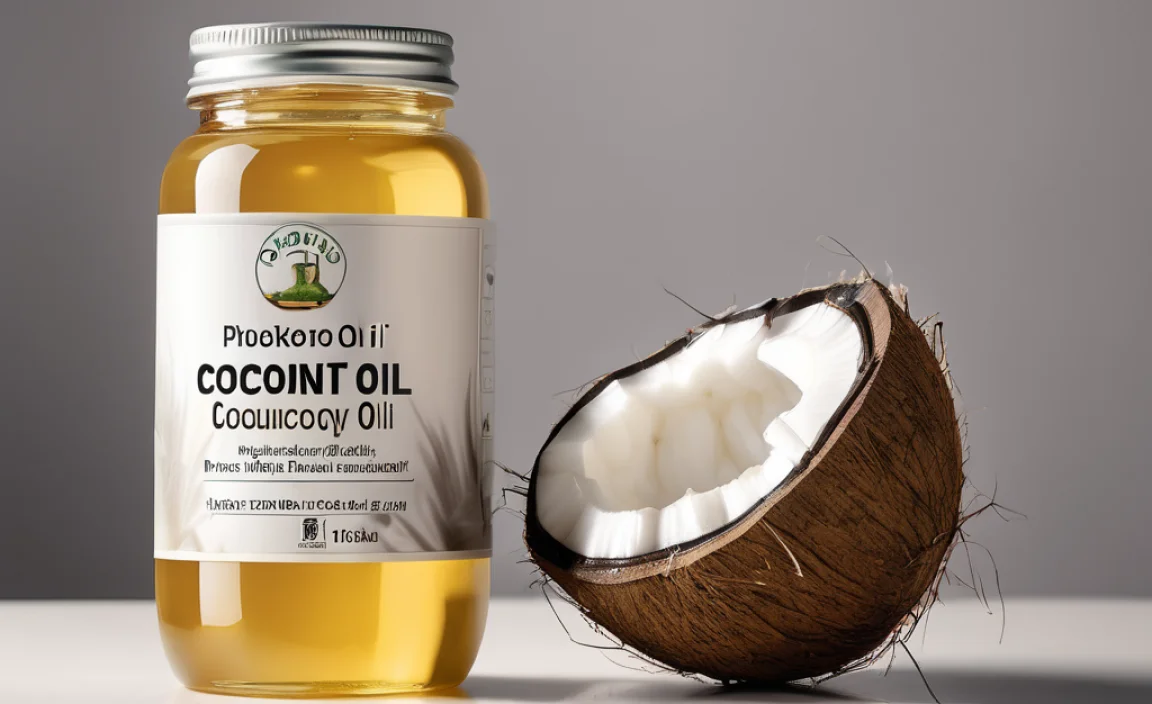
Here’s a straightforward, four-step process that works for most coconut oil stains on fabric.
Step 1: Act Quickly and Blot
The first rule of stain removal is speed. The longer an oil stain sits, the deeper it can penetrate the fibers, making it harder to remove. Don’t rub the stain, as this can spread it further and push it deeper into the fabric. Instead, use a clean cloth or paper towel to gently blot up as much excess oil as possible.
- Lay the stained item flat if possible.
- Gently press a clean, dry cloth or paper towel onto the oil spot.
- Absorb the oil. Repeat with a clean section of the cloth until no more oil is transferring.
Step 2: Pre-Treat with a Degreaser
This is where the magic happens. You need something to break down the oil before washing.
Option A: Dish Soap (Recommended for most fabrics)
A good degreasing dish soap is your best friend here. Apply a generous amount directly onto the stained area.
- Pour a small amount of liquid dish soap (like Dawn or similar brands known for grease-cutting power) directly onto the stain.
- Gently work the soap into the fabric with your fingers or a soft brush (like an old toothbrush). Ensure the entire stained area is covered.
- Let it sit for at least 10-15 minutes. For older or tougher stains, you can let it sit for up to an hour.
Option B: Baking Soda or Cornstarch Paste
If you don’t have dish soap readily available or prefer a more natural approach, an absorbent powder can help draw out the oil. This works best on fresh stains.
- Mix baking soda or cornstarch with a little water to create a thick paste.
- Apply the paste generously over the oil stain.
- Let it dry completely. As it dries, it will absorb the oil from the fabric.
- Once dry, brush off the excess powder. You may need to repeat this step before proceeding to washing.
Step 3: Wash as Usual (with Cold Water)
After the pre-treatment, it’s time for a wash. This is a crucial step where the oil is finally lifted away.
Important Note: Always use cold water for oil stains. Hot water can set grease stains, making them permanent. Check the garment’s care label for specific washing instructions.
- Place the item in your washing machine.
- Wash on a normal cycle using your regular laundry detergent, but crucially, select the COLD water setting.
- If you pre-treated with dish soap, you can typically wash the item with the rest of your laundry. If you used the baking soda paste, you can rinse the item first to remove as much powder as possible before washing.
Step 4: Inspect and Repeat if Necessary (Air Dry!)
This is the most critical step to ensure the stain is gone before it becomes permanent. Never put a stained item in a hot dryer.
- After the wash cycle is complete, carefully inspect the stained area. Hold it up to the light to check for any remaining oiliness or discoloration.
- If the stain is still visible, DO NOT put the item in the dryer. The heat will bake the stain into the fabric.
- Repeat Step 2 (pre-treatment) and Step 3 (washing in cold water). You might need to repeat the process a few times for stubborn or old stains.
- Once you are satisfied that the stain is completely gone, you can air dry the item or dry it on a low heat setting according to the care label. Air drying is always the safest bet for stain removal verification.
Specific Fabric Considerations
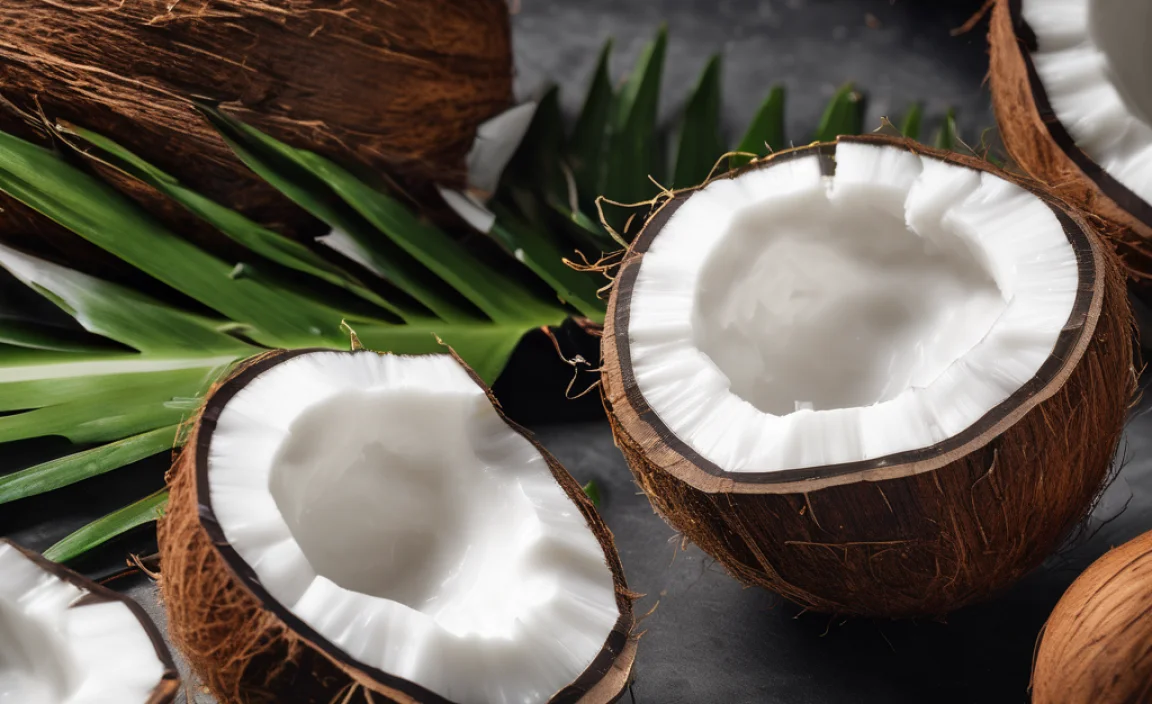
While the basic method works for most fabrics, some require a little extra care. Always test any cleaning solution on an inconspicuous area first.
How to Remove Coconut Oil from White Jeans
White jeans are notorious for showing every little mark. For these, speed and thoroughness are key. The dish soap method is excellent for white denim.
- Blot excess oil immediately.
- Apply a good quality liquid dish soap directly to the stain on the inside and outside of the jeans.
- Gently rub the soap into the fabric. Let it sit for at least 30 minutes, or even a few hours for tougher stains.
- Wash the jeans in cold water on a regular cycle.
- Inspect carefully before drying. Repeat if needed.
- For really set-in stains on white jeans, you might consider a color-safe oxygen bleach treatment after washing and before air drying, following product instructions.
Removing Coconut Oil from Upholstery and Other Surfaces
Coconut oil isn’t just for clothes. If it lands on your sofa, curtains, or other home textiles, the approach is similar but requires more caution to avoid damaging the material.
Upholstery:
- First, refer to your upholstery’s care tag (usually found under a cushion). It will have a cleaning code (W, S, WS, or X).
- If the code is ‘W’ or ‘WS’, you can use a water-based cleaner.
- Gently blot excess oil with a clean, dry cloth.
- Make a paste with baking soda and a tiny bit of water. Apply it to the stain, let it sit for 15-30 minutes, then gently brush it away.
- For more stubborn oily spots on water-safe fabrics, you can carefully apply a tiny amount of a mild dish soap solution (1 part soap to 4 parts water) with a damp cloth, blotting gently. Don’t oversaturate.
- Blot with a clean, damp cloth to rinse, then blot dry.
- If the code is ‘S’ (solvent-based cleaners only) or ‘X’ (vacuum only), you’ll need to use a specific solvent cleaner or consult a professional cleaner. Oil stains on these fabrics can be very difficult and may require professional attention.
Wood Surfaces:
Coconut oil can penetrate finished wood. The best approach is to absorb it before it soaks in.
- Wipe up excess oil immediately with a soft cloth.
- Sprinkle baking soda generously over the affected area. Let it sit for at least 15-30 minutes, or longer if needed, to absorb the oil.
- Gently brush away the baking soda.
- Wipe the area with a slightly damp cloth, then dry thoroughly with a clean, soft cloth.
- If a slight residue remains, you can use a wood cleaner or a bit of mineral oil (yes, more oil, but it can help lift the residue) on a cloth, then wipe clean.
- For very deep stains that have penetrated the finish, furniture restoration might be necessary.
Other Fabrics (e.g., Silk, Wool):
Delicate fabrics like silk and wool require gentler treatment. Always check the care label.
- Delicates: Blot excess oil. Apply cornstarch or talcum powder to absorb the oil. Let it sit for several hours or overnight. Gently brush off.
- For silk, you can often use a specialized silk stain remover or a very mild dish soap very carefully, blotting rather than rubbing.
- For wool, after blotting, you can try the baking soda paste method.
- Always wash delicates by hand or on a delicate cycle with cold water, and air dry. Consider professional cleaning for expensive or heavily stained items.
Tools and Products That Help
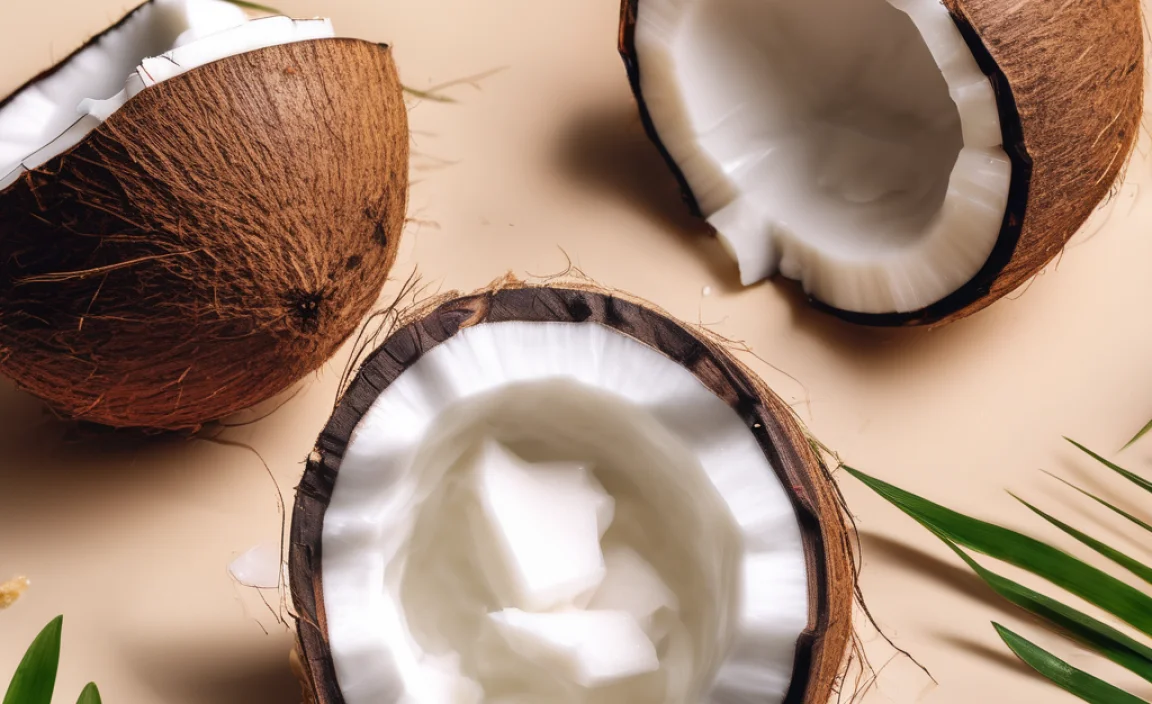
Having the right supplies on hand makes tackling oil stains much easier. Here are a few recommendations:
| Tool/Product | Purpose | Notes |
|---|---|---|
| Absorbent Cloths / Paper Towels | Blotting excess oil to prevent spreading. | Important for the first step. |
| Liquid Dish Soap (Grease-Cutting) | Emulsifies and breaks down oil. | A primary degreaser. |
| Baking Soda or Cornstarch | Absorbs excess surface oil and helps draw out deeper oil. | Natural, gentle option for fresh stains. |
| Soft Brush (e.g., Old Toothbrush) | Gently working stain removers into fabric. | Be gentle on delicate fabrics. |
| Cold Water | Washing agent that removes emulsified oil without setting the stain. | Essential for the washing phase. |
| Stain Remover Spray (Enzyme-based) | Targeted treatment for stubborn stains. | Check if suitable for the fabric type. Look for ones specifically for grease or oil. |
| Oxygen Bleach (Color-Safe) | Brightens whites and can help lift residual stains. | Use on suitable fabrics only, especially whites. |
FAQs About Removing Coconut Oil
Q1: Can I use hot water to remove coconut oil from clothes?
A1: No, it’s best to avoid hot water. Hot water can actually set oil stains, making them much harder, if not impossible, to remove completely. Always use cold or cool water for washing oil-stained items.
Q2: How long should I let the dish soap or paste sit on the stain?
A2: For dish soap, aim for at least 10-15 minutes, but up to an hour for tougher stains. If using a baking soda or cornstarch paste, let it dry completely, which can take an hour or more, before brushing it off.
Q3: What if the oil stain is old and dried?
A3: Old stains are tougher but not impossible. You might need to let the dish soap or a dedicated grease stain remover sit for a longer period, perhaps even overnight (ensuring even coverage and preventing the fabric from drying out if possible, perhaps by covering with a damp cloth over the soap). Repeat the pre-treatment and wash cycle multiple times. A good enzyme-based laundry pre-treater might be necessary.
Q4: Can I put clothes with coconut oil stains in the dryer if I’m not sure they’re gone?
A4: Absolutely not. The heat from a dryer will permanently set any remaining oil stain. Always air dry the item first and inspect it closely in natural light after washing to ensure the stain is completely gone before using a dryer.
Q5: Does coconut oil stain leather?
A5: Yes, coconut oil can stain and potentially damage leather by seeping into the pores and darkening or altering the finish. For leather, it’s crucial to act immediately. Blot excess oil with a clean, dry cloth. Then, depending on the type of leather, you might use a specialized leather cleaner or consult a professional leather care specialist. Avoid water-based solutions on most finished leathers, as they can cause water spots.
Q6: Are there any household items that won’t work well for removing coconut oil?
A6: Plain water is generally ineffective. Harsh bleaches (especially on colored items) can damage fabric fibers. Rubbing vigorously with just soap and water without letting the degreaser break down the oil first is also less effective. Patience and the right degreasing agent are more important than aggressive scrubbing.
Conclusion
Tackling coconut oil stains doesn’t have to be a source of stress. By understanding that coconut oil is a grease and requires a degreaser to break it down, you can approach any spill with a clear plan. Remember to act quickly, blot excess oil, pre-treat with a degreasing dish soap or absorbent powder, wash in cold water, and always, always inspect before drying. Whether it’s your favorite pair of white jeans, a delicate scarf, or even your microfiber sofa, these simple, fact-based methods will help you restore your belongings to their former glory. Keep these tips handy, and you’ll be prepared to handle any oily mishap with confidence and ease.


